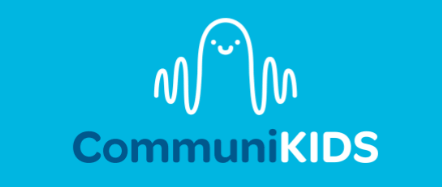Five Activities To Work On Early Language
Whether you are stuck on a waitlist, you’re wanting some extra activities for your child or you’re just wanting to boost your child’s language development, here are five easy activities using common household items to engage your child and work on those early language skills:
Make Your Own Sensory Bottles: Grab an empty, clean plastic bottle and plenty of fun, colourful things to put in it - think beads, glitter, pom poms, cut up straws…. the list goes on. Sit down with your child and add all the different pieces they want in the bottle. Once they are satisfied, fill the bottle with water, tape the lid and get your little one shaking!
Words and concepts to work on: more, I want, pour, shake, add, spill, messy, colour words, shapes, labelling different decorating pieces
Car or Ball Ramp: Find a large piece of cardboard, box lid, or anything else flat. Rest it against the edge of a chair and get your child’s favourite car or ball. Watch them roll down the ramp - add an extra car or ball to have a race!
Words and concepts to work on: go, stop, more, roll, speed, race, push, fast, slow, steep, flat, ramp, car, ball
Build a tower: Hunt around the house for anything stackable (and not breakable!), aiming for objects of different sizes. Help your child build a tower, or build one each - whoever builds the tallest tower wins!
Words and concepts to work on: more, build, knock over, fall down, put, on, off, up, down, crash, uh oh, tall, short, big, small, block, tower
Musical Instruments: If your ears can stand it, gather up some empty boxes, fill some bottles or containers with dried rice or grab wooden sticks. Practice tapping, shaking and banging with your child. Work in some turn taking by encouraging them to have a go copying your music (or vice versa).
Words and concepts to work on: go, stop, tap, hit, shake, click, clap, bang, loud, soft, fast, slow, music, instruments and instrument names
Sensory bins: Start with an empty tub and some sensory fillers. Some ideas are dried rice, cold cooked spaghetti, or cut up crepe paper. Add in some ‘treasure’ for your child to find, like small toy animals. Give them a plastic shovel or spoon and watch them dig! To make it more fun, for the older kids you can draw or take pictures of the items for them to find, ticking each off as they dig it out.
Words and concepts to work on: dig, find, see, look, bury, hiding, wow, soft, hard, animal//toy labels

